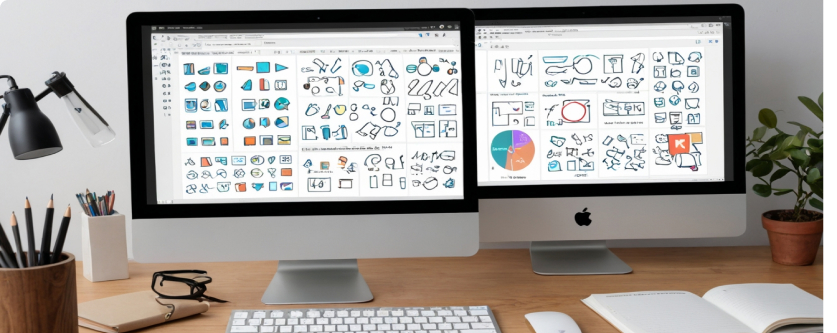In today’s digital landscape, understanding your users is critical for building successful products. User experience (UX) research provides the foundation for this understanding. By employing the right methods and leveraging powerful tools, you can gather invaluable insights into user behavior, motivations, and needs. This knowledge empowers you to design interfaces that are not only functional but also intuitive and enjoyable.
“No research is ever quite complete. There are always more questions to ask and more to learn about your users.”
UX Booth
Top UX Research Methods and Tools:
1: For initial exploration and understanding user needs:
User Interviews: One-on-one conversations with target users allow you to delve deep into their experiences, challenges, and goals. Through open-ended questions and active listening, you can uncover hidden insights that surveys or analytics might miss.
Tools: UserZoom, Lookback, Skype, Google Meet
Surveys: Ideal for gathering quantitative data from a larger audience. Surveys can efficiently gauge user sentiment, measure satisfaction levels, and identify common pain points.
Tools: SurveyMonkey, Google Forms, Typeform
2: For evaluating information architecture and organization:
Card Sorting : This technique helps you understand how users categorize information. Participants sort cards containing various features or functions into groups based on their own logic. This reveals how users perceive the organization of your product.
Tools: OptimalSort, Maze, TryMove
3: For assessing usability and identifying design flaws:
Usability Testing: The cornerstone of UX research, usability testing involves observing users as they interact with your product. By identifying areas of confusion or frustration, you can pinpoint flaws and iterate on your design.
Tools: UserTesting, Hotjar, Lookback (with recording), UsabilityHub
4: For data-driven optimization of specific design elements:
A/ B Testing: This method allows you to compare two versions of a design element to see which performs better. By presenting users with A/B variations and tracking their behavior, you can gather data-driven insights to optimize your interface.
Tools: Optimizely, Google Optimize, VWO Testing
5: For analyzing overall user interaction with a website or app
Heatmaps: Heatmaps visually represent user interaction with a website or app. Areas of the interface that receive more clicks or taps appear hotter, indicating user focus. This can help identify popular features and areas that might need improvement.
Tools: Clarity
Conclusions
By incorporating these UX research methods into your design process, you can gain a deeper understanding of your users and create products that truly resonate with their needs.
Remember, successful UX research is an ongoing process. Regularly gather user feedback and iterate on your designs to ensure a positive user experience.



